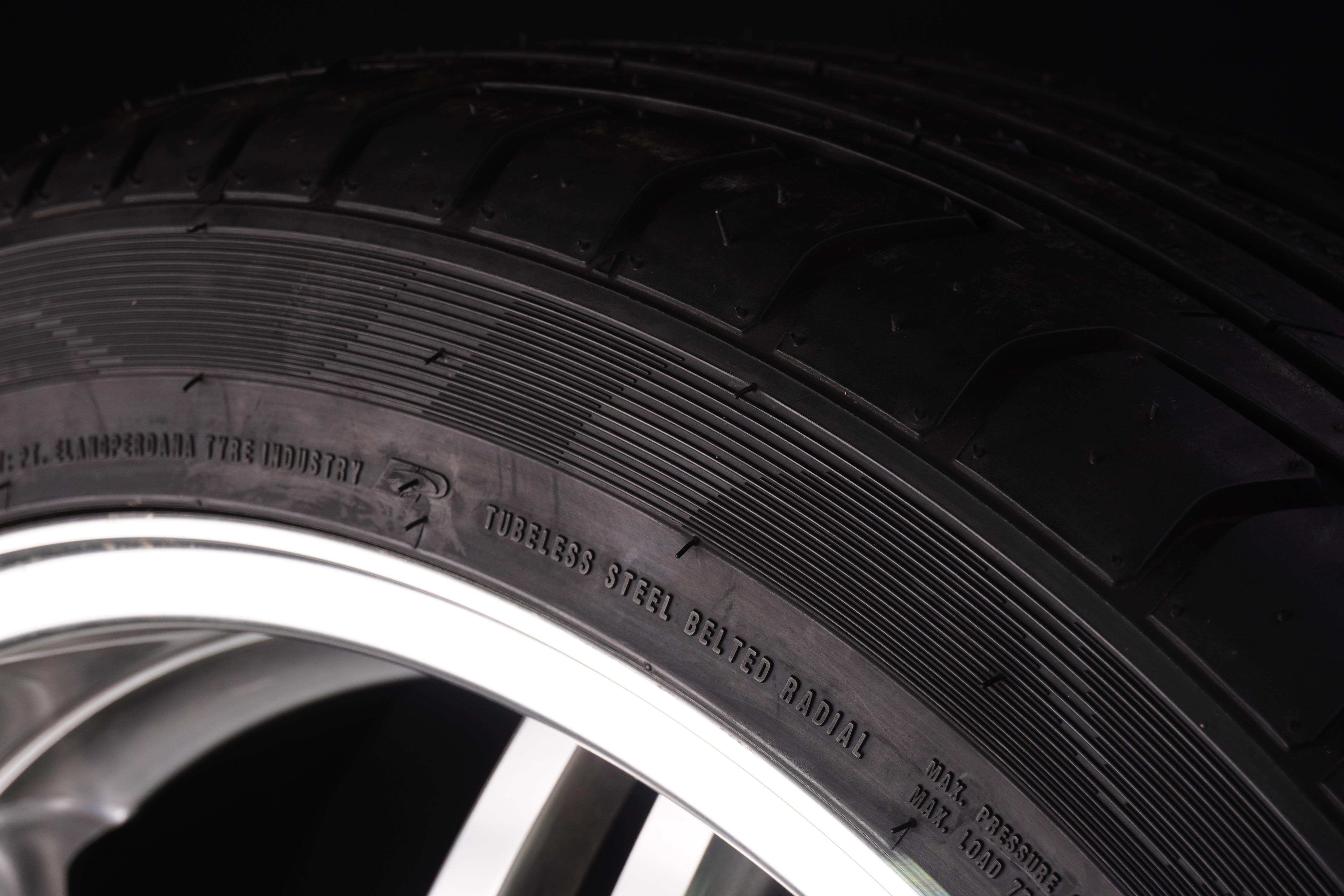Signs That Brake Pads Are Wearing Out
The brake system is like the "lifeblood" of your car's safety. One of its important components is the brake pads, whose job is to provide friction to the discs or drums so that the car can stop. Because of its crucial role, you must be aware of the signs of worn brake pads. Don't wait too long to replace them and end up putting yourself in danger!
So, when should brake pads be replaced? The answer isn't the same for all vehicles. It depends on the type of vehicle and your daily driving style. Let's take a look at the signs first!
Signs That Brake Pads Are Wearing Out
The Brake Pedal Vibrates When Pressed
If the brake pedal vibrates every time you press it, it could mean the brake pads are uneven due to wear. Sometimes the vibration can even reach the steering wheel. Don’t ignore this—it can make driving uncomfortable and risky if not addressed promptly.
Brake Pedal Feels Deeper When Pressed
If you have to press the brake pedal deeper than usual, this is also a sign the pads are getting thin. This often happens in drum brake systems (rear wheels). This means the brake piston needs to be pushed further to generate the same pressure.
Brake Less Effective
As the pads wear down, their friction decreases. As a result, the brakes are no longer as effective as usual, even when you press the pedal deeply. This is extremely dangerous, especially at high speeds.
Squeaking Sound When Braking
Does a squeaking sound occur when the brakes are applied? This could mean the brake pads are worn out, and the metal is directly rubbing against the rotor. If this happens, don’t wait too long—replace them immediately before the damage worsens.
Decreased Brake Fluid Level
If the brake fluid level drops without any leaks, it could mean the brake pads are worn thin. The brake piston has to extend further to press the rotor, causing the brake fluid to appear depleted.
Tips to Make Brake Pads Last Longer
Regularly Check Brake Condition
Don’t wait until they’re damaged. Check the brake pads regularly to assess their condition before it worsens.
Keep the Brakes Clean
Dust and dirt can interfere with brake performance. Clean them carefully using tools and fluids recommended by the manufacturer.
Avoid Sudden Braking
Get into the habit of maintaining a safe distance to avoid frequent sudden braking. This is safer and also makes the brake pads last longer.
Use Low Gear on Downhill Roads
Don’t rely solely on the brakes. Use a lower gear to help slow down the vehicle.
Replace the Brake Pads on Time
Generally, manual cars replace brake pads every 60,000-70,000 km. For automatic vehicles, this is sooner, around 35,000–40,000 km, due to heavier brake load. However, it’s important to note that these figures are only guidelines. Actual mileage can vary depending on other factors such as driving style, road conditions, and vehicle weight.
Indonesia 🇮🇩
Sistem rem itu ibarat “nyawa” keselamatan mobil kamu. Salah satu komponen pentingnya adalah kampas rem, yang tugasnya memberikan gaya gesek ke cakram atau tromol agar mobil bisa berhenti. Karena perannya krusial, kamu wajib peka sama tanda-tanda kampas rem yang sudah aus. Jangan sampai telat ganti dan malah membahayakan diri sendiri!
Lantas, kapan kampas rem mesti diganti? Jawabannya nggak sama untuk semua mobil. Tergantung jenis mobil dan gaya nyetir kamu sehari-hari. Yuk, simak ciri-cirinya dulu!
Ciri-Ciri Kampas Rem Mulai Habis
Pedal Rem Bergetar Saat Diinjak
Kalau tiap injak rem pedalnya bergetar, bisa jadi kampas rem sudah nggak rata karena aus. Kadang getarannya sampai ke setir. Jangan disepelekan, ini bisa bikin nyetir nggak nyaman dan berisiko kalau nggak cepat ditangani.
Injakan Pedal Rem Terasa Lebih Dalam
Kalau injak pedal rem harus lebih dalam dari biasanya, ini juga tanda kampas mulai tipis. Biasanya kejadian di sistem rem tromol (roda belakang). Artinya, piston rem butuh dorongan lebih jauh buat hasilkan tekanan yang sama.
Rem Kurang Pakem
Makin tipis kampasnya, makin berkurang daya geseknya. Akibatnya rem nggak lagi sepakem biasanya, padahal kamu sudah injak pedal dalam-dalam. Ini bahaya banget apalagi kalau melaju di kecepatan tinggi.
Ada Suara Decit Saat Ngerem
Apakah muncul suara berdecit saat rem diinjak? Bisa jadi kampasnya sudah habis dan logamnya bergesekan langsung dengan cakram. Kalau sudah begini, jangan tunggu lama-lama, langsung ganti sebelum kerusakan makin parah.
Minyak Rem Berkurang
Kalau volume minyak rem turun padahal nggak ada kebocoran, bisa jadi kampas rem udah tipis. Piston rem harus lebih keluar buat tekan cakram, dan ini bikin minyak rem kelihatan berkurang.
Tips Biar Kampas Rem Lebih Awet
Rutin Cek Kondisi Rem
Jangan tunggu rusak dulu. Cek kampas rem secara berkala biar tahu kondisinya sebelum parah.
Jaga Kebersihan Rem
Debu dan kotoran bisa ganggu kinerja rem. Bersihkan secara hati-hati dengan alat dan cairan yang direkomendasikan pabrikan.
Hindari Ngerem Mendadak
Biasakan jaga jarak aman biar nggak sering ngerem mendadak. Selain aman, kampas rem jadi lebih awet.
Pakai Gigi Rendah di Jalan Turunan
Jangan cuma andalkan rem. Pakai juga gigi rendah untuk bantu memperlambat kendaraan.
Ganti Kampas Tepat Waktu
Umumnya, mobil manual ganti kampas rem tiap 60.000-70.000 km. Kalau mobil matic lebih cepat, sekitar 35.000-40.000 km karena beban remnya lebih berat. Namun perlu dicatat, angka ini hanya patokan. Jarak tempu ebeanrnya bisa bervariassi tergantung faktor lain seperti gaya mengemudi, kondisi jalan, dan bobot kendaraan.






